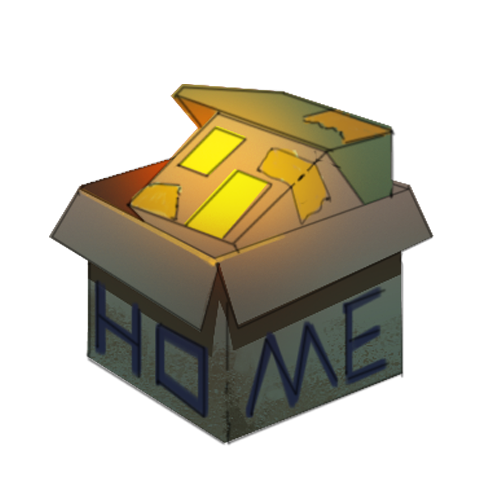This was the last week of the semester, and it was a whirlwind of activity as we wrapped up everything for the project. The festival response was largely positive, with attendees engaging with the game and providing encouraging feedback.
One highlight was meeting one of our subject matter experts, Dr. Tahirah Walker, an associate professor at Point Park University in Pittsburgh. Dr. Walker shared that they appreciated the potential of our game and were particularly impressed by how we integrated Pittsburgh-inspired elements, like the transformation of the Pittsburgh Courier into the in-game Pittsburgh Carrier. Hearing this validation from someone so familiar with the local context was incredibly rewarding.
As the festival wrapped up, we turned our attention to the final presentation. We brainstormed multiple approaches for how to structure it:
- One option was to stick with a traditional skeleton, focusing solely on the project, testing, and how we achieved our transformation goals.
- Another was to take a more reflective approach, addressing both our successes and challenges throughout the semester.
In the end, we opted for a balanced approach—a presentation that highlighted the game’s development and transformation while also being honest about the lessons we learned and the obstacles we faced.
Because the game is 40 minutes long, a full-length video or live demo wasn’t feasible. Instead, we created a short teaser video to introduce the project. For the presentation itself, we structured it in three parts:
- Product and Design Intentions: The first half focused on explaining the game’s purpose and our creative vision.
- Playtesting Feedback: We transitioned into sharing the insights we gained from testing and how those influenced the final product.
- Learning Takeaways: To close, we reflected on what we learned as a team—both the successes and the challenges we encountered along the way.
We also took time to discuss how we’d move forward with the game next semester. This included brainstorming potential enhancements and expansions, as well as exploring possible use cases for the game with our SMEs. Their insights offered valuable ideas for adapting the game for educational or community awareness purposes.
As we wrap up, we’re proud of how far we’ve come. The semester was filled with growth, collaboration, and learning, and this project leaves us with valuable experiences that will shape our future work.
We have plans to come back to this project and hopefully submit this to festivals, but mostly to see if we can actually make change, however big or small with our work, the way making this game has changed us.
Here is the final presentation:
